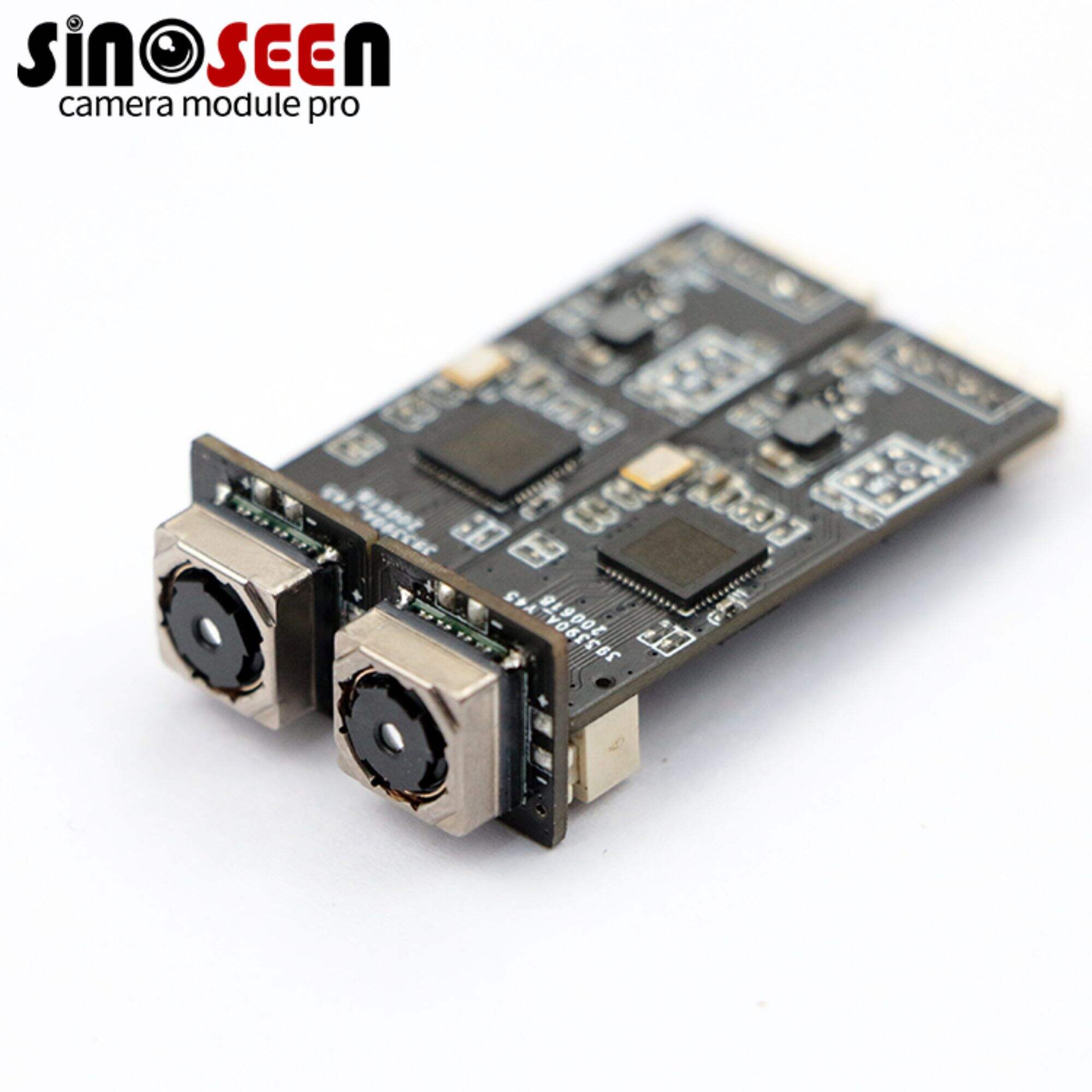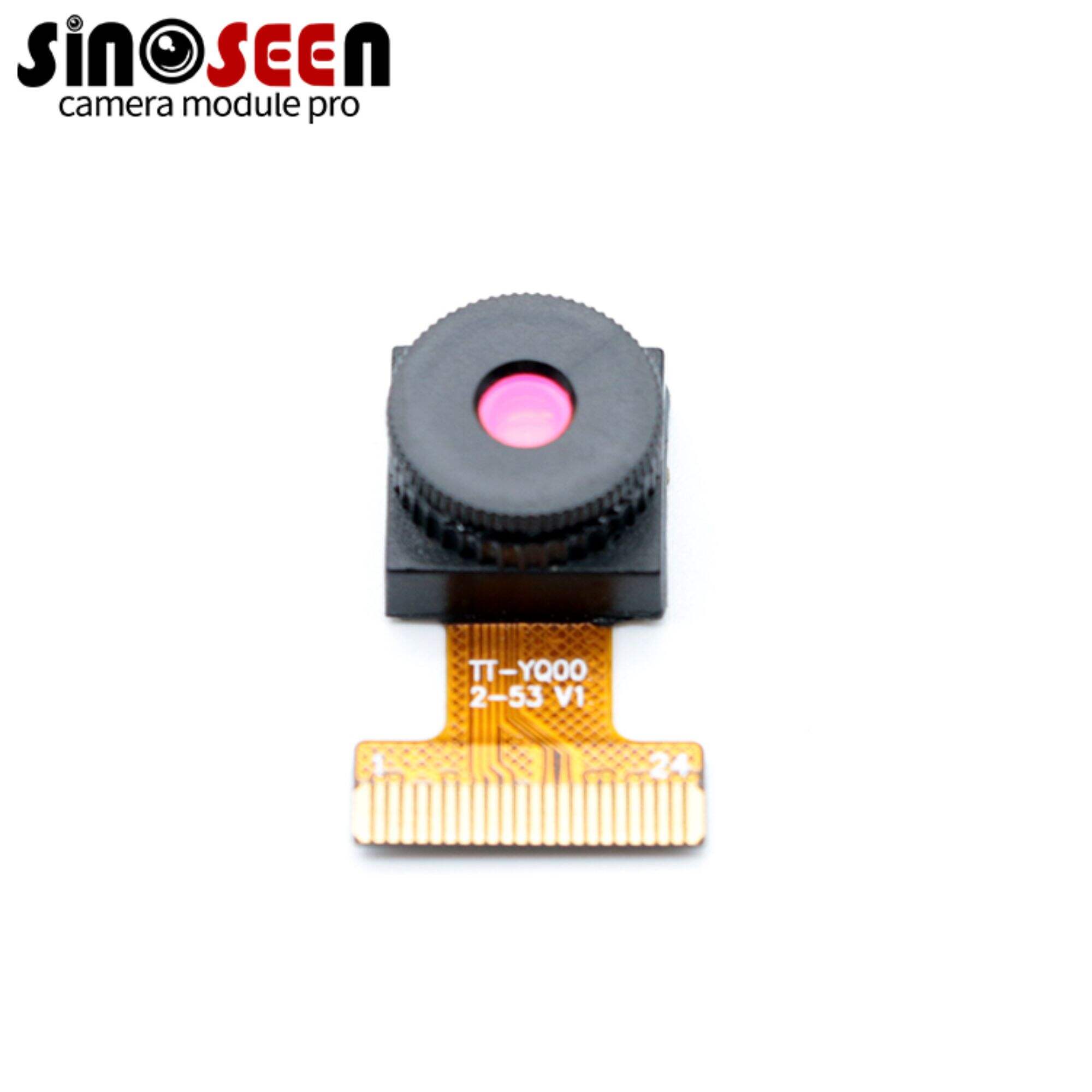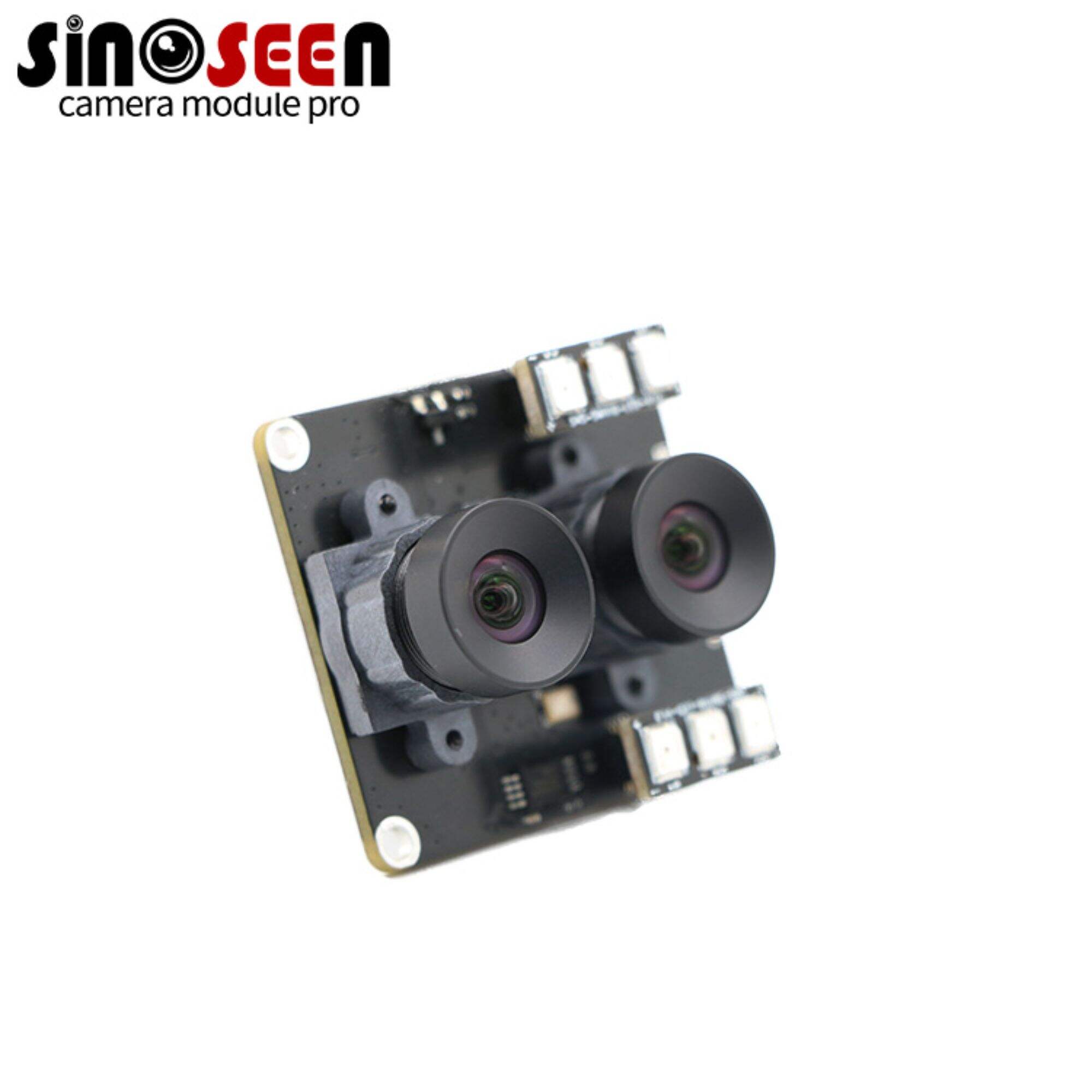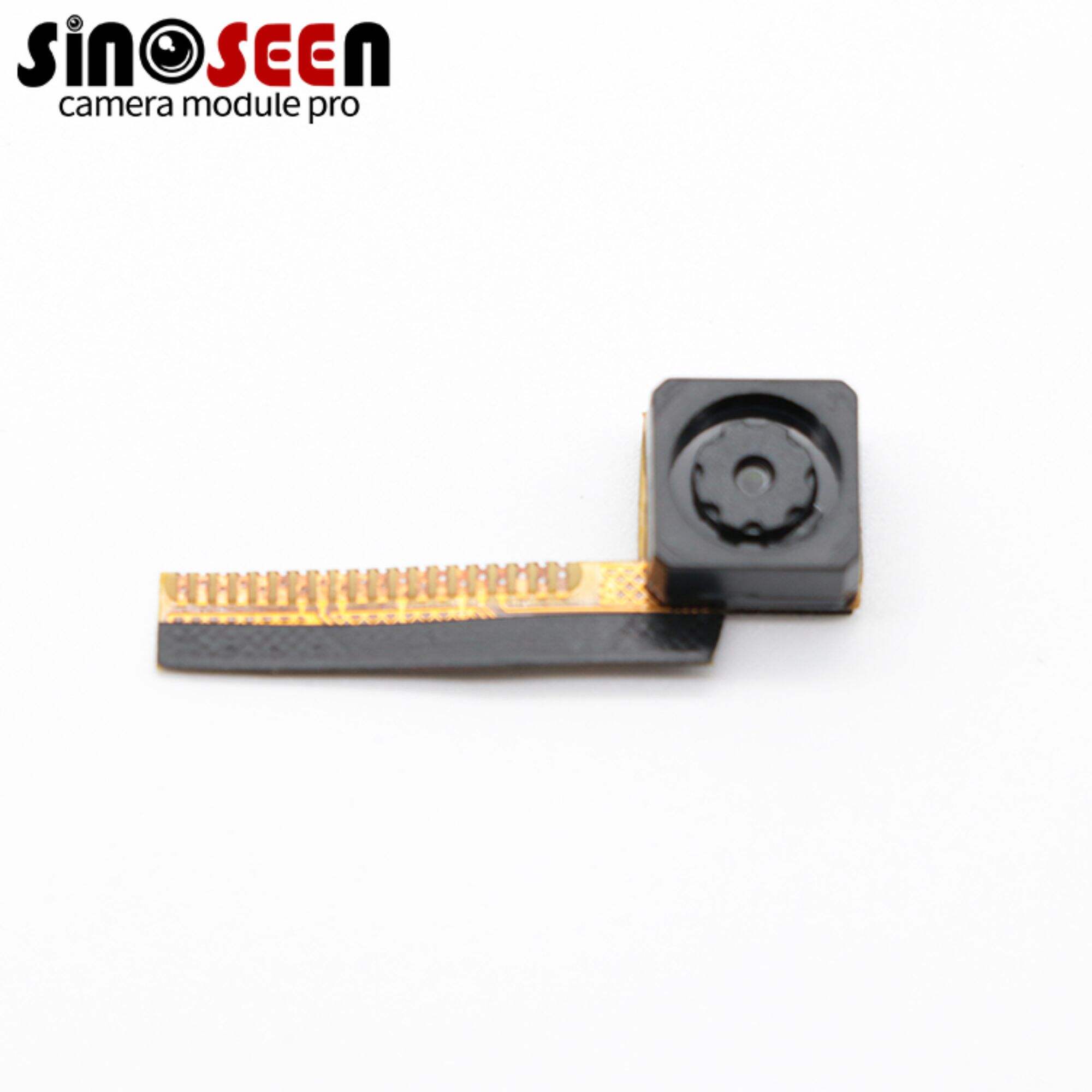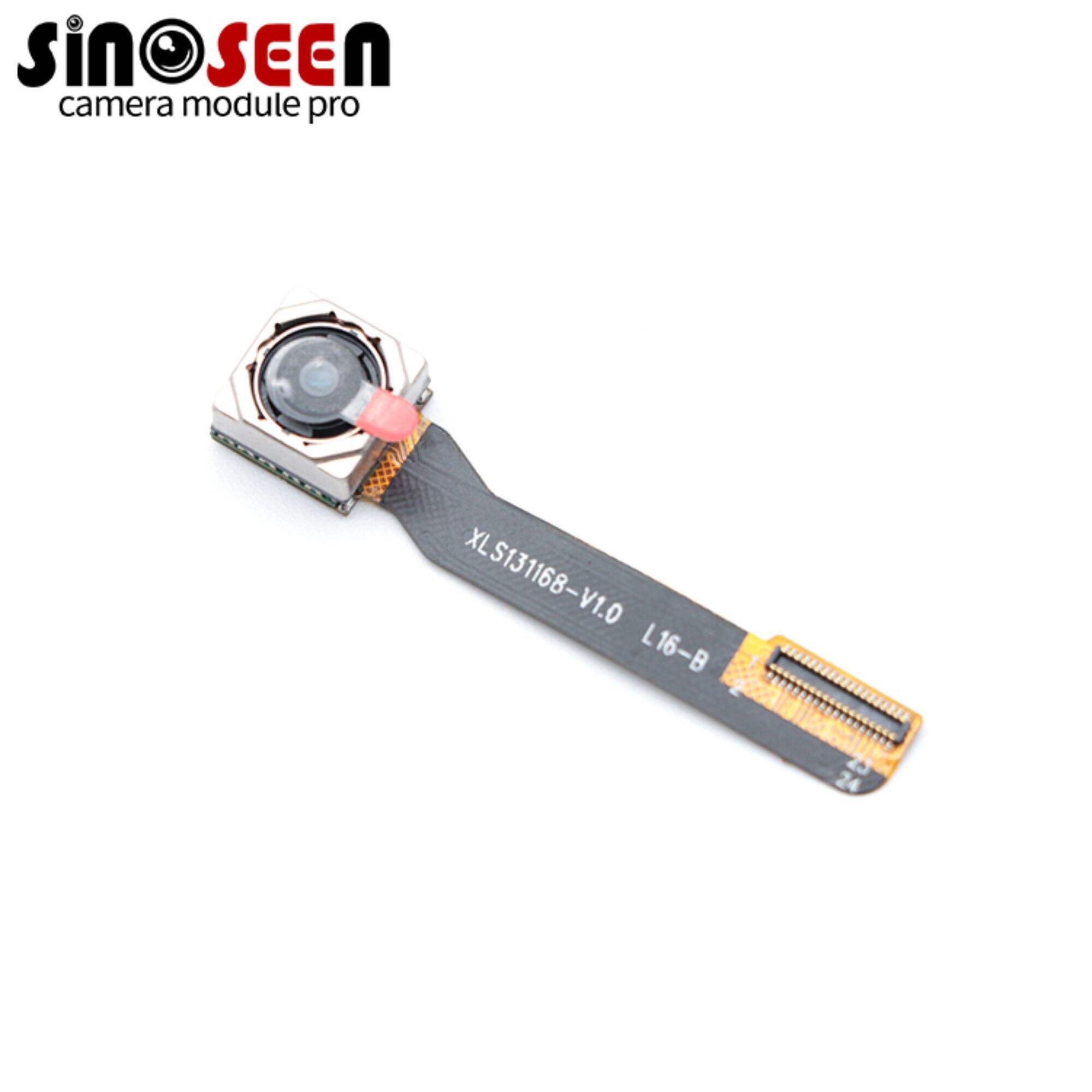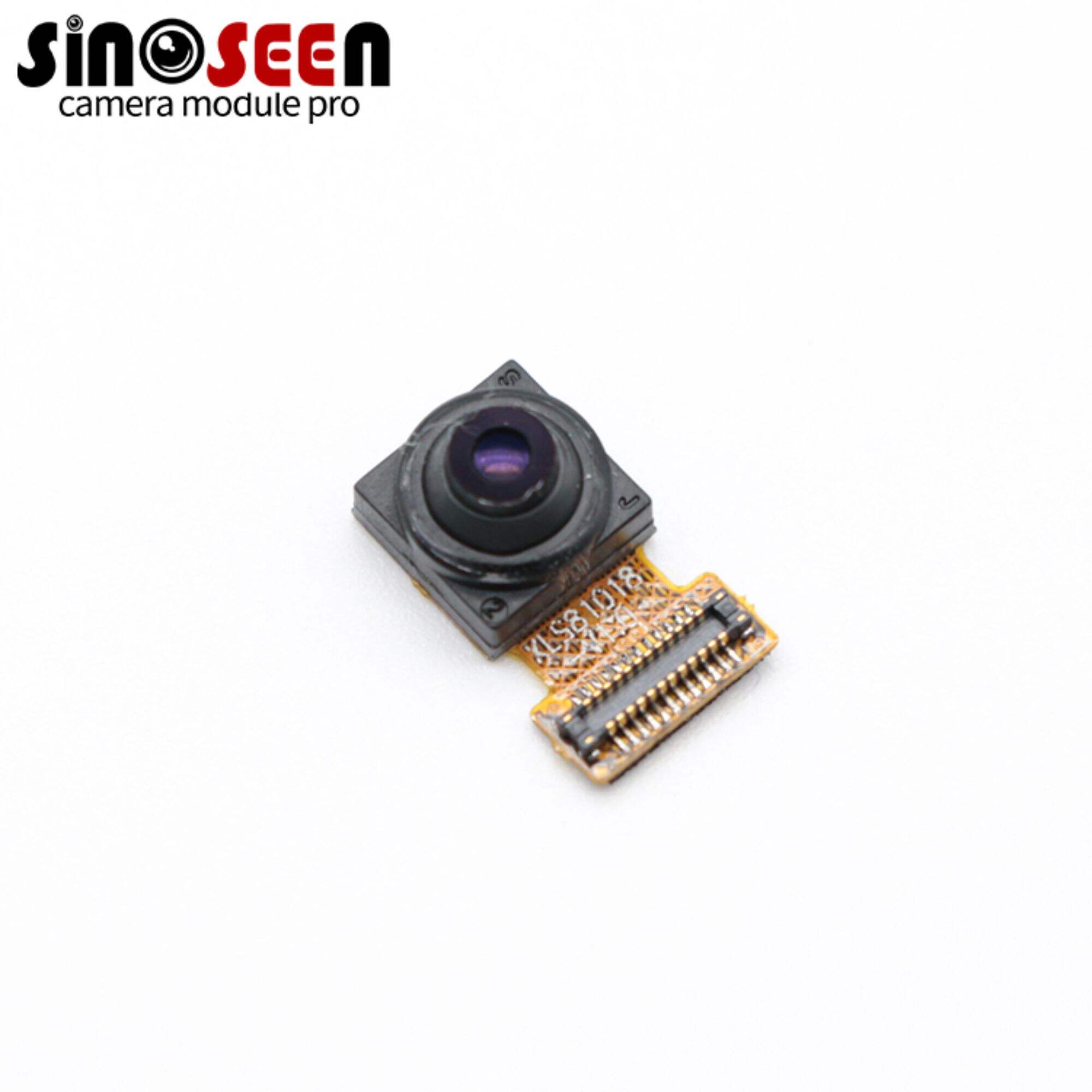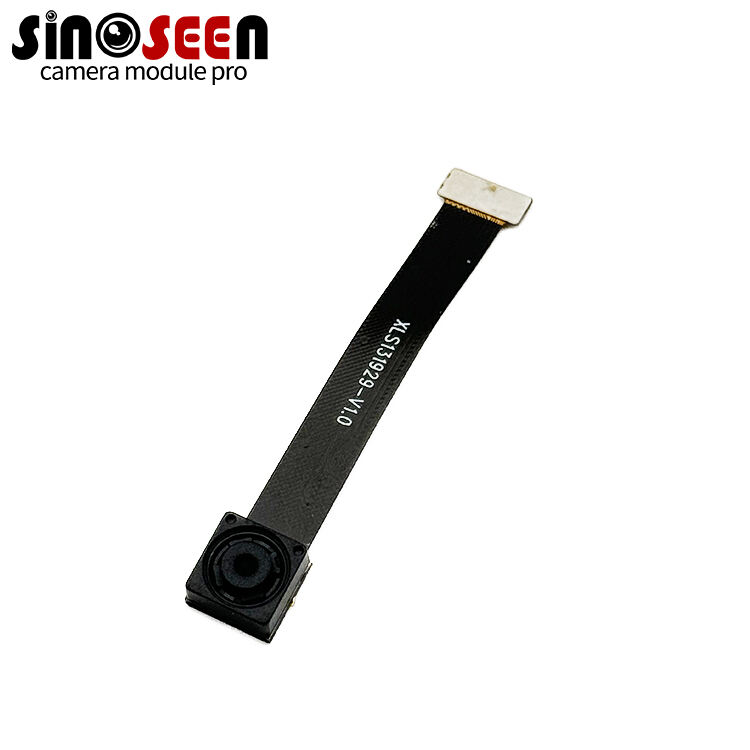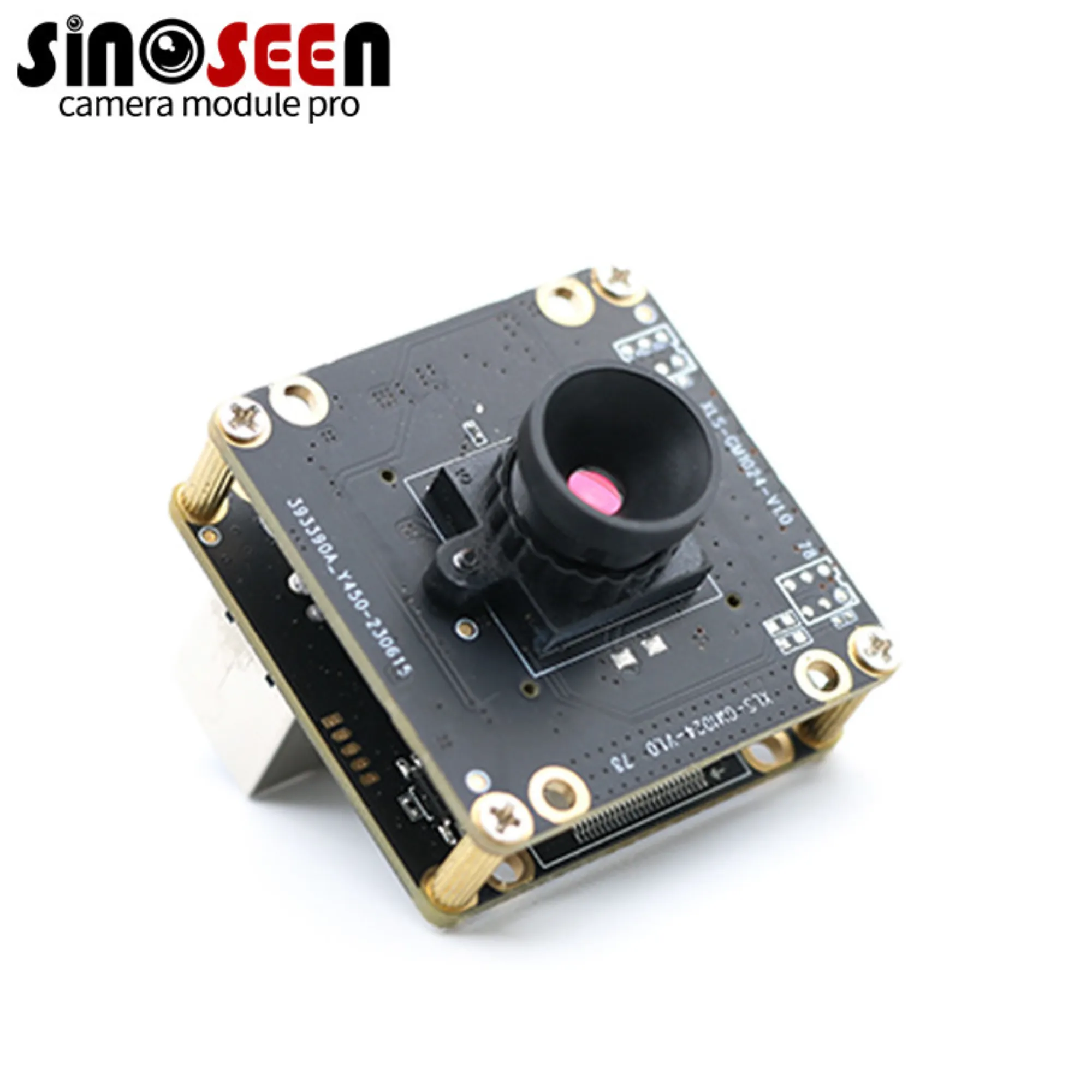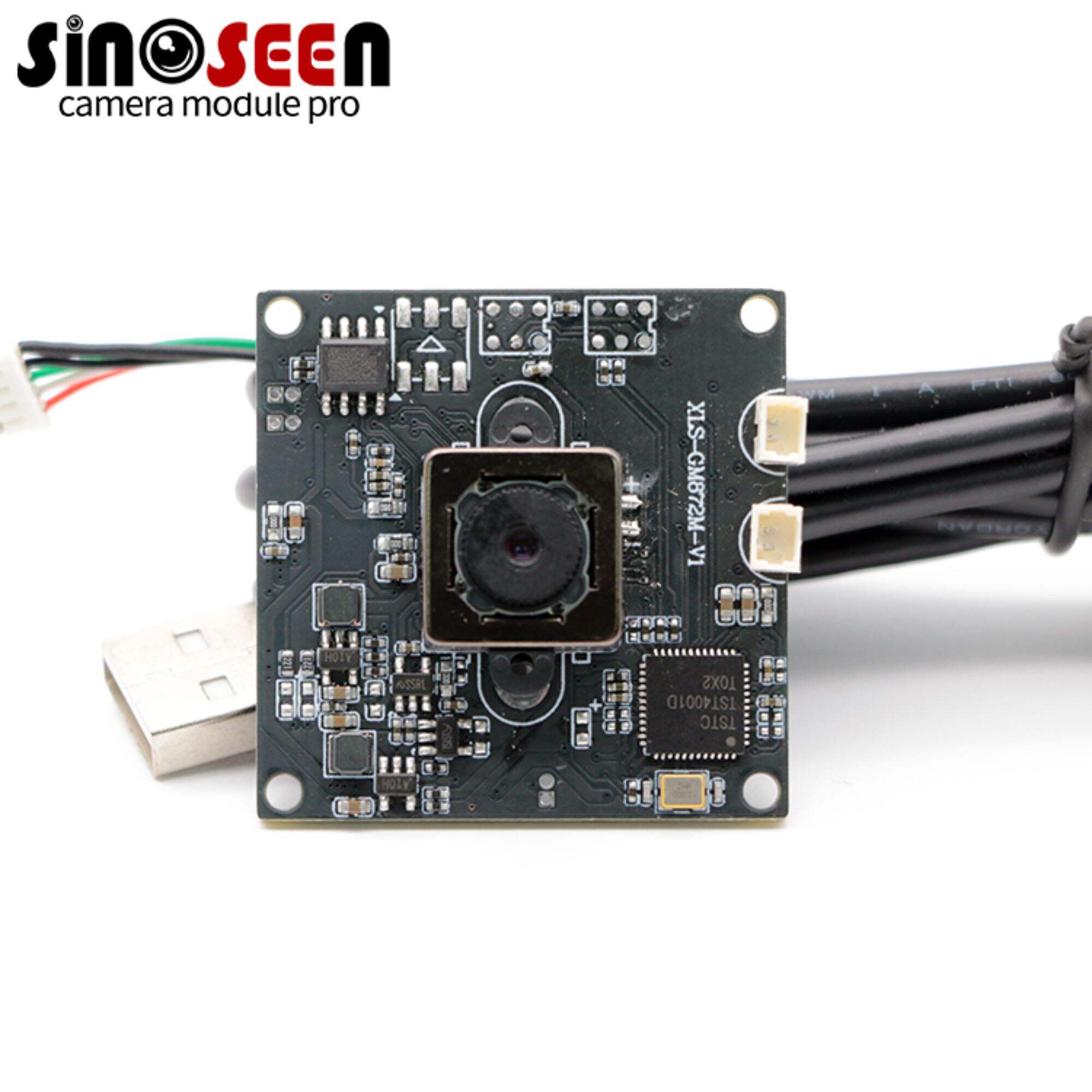What is the difference between an IP camera module and a WiFi camera module?
Key Differences Between IP Camera Modules and WiFi Camera Modules
Wired vs. Wireless Default Connectivity
When considering camera modules, understanding the connectivity differences between IP and WiFi options is crucial. IP Camera Modules typically depend on wired Ethernet connections. This setup ensures stable performance and greatly reduces susceptibility to network interference compared to wireless alternatives. The consistency of a wired connection is especially beneficial in environments where maintaining uninterrupted video feeds is paramount. Conversely, WiFi Camera Modules provide greater flexibility, allowing installation in locations where running cables is challenging or impractical. However, this wireless nature might contribute to connectivity issues, particularly in environments with dense interference or when multiple devices are competing for network bandwidth.
Built-In Radio Frequency vs. Ethernet Dependency
WiFi Camera Modules offer a distinct advantage by leveraging built-in radio frequency for communication. This feature permits easy integration into existing wireless networks without the necessity for additional physical infrastructure adaptations. It simplifies the installation process and allows for seamless connections across varied locations. On the other hand, IP Camera Modules maintain a reliance on Ethernet cables, which are fundamental for a consistent and reliable data stream. This is invaluable for capturing high-definition video footage, where data integrity and reliability are priorities. Ethernet dependency, in this context, provides a steady and dependable transmission stream, making it a robust choice for environments that demand unwavering surveillance quality.
Network Stability Comparisons
Comparing the network stability of IP and WiFi Camera Modules reveals vital insights into their practical applications. IP Camera Modules generally deliver superior network stability due to their hardwired connections, which effectively mitigate the chances of environmental interference. This aspect is crucial for settings where network dependability is non-negotiable. While WiFi Camera Modules may initially appear less stable due to their inherent wireless connectivity, advancements in technologies like mesh networking and dual-band operation significantly bolster their performance. These innovations can enhance stability, yet challenges remain in maintaining consistent performance under heavy network loads, reflecting the importance of considering the specific demands of your surveillance environment when making a choice between these two types of camera modules.
Connectivity and Installation Requirements
Ethernet Cabling Requirements for IP Camera Modules
For the successful installation of IP Camera Modules, structured cabling systems such as Cat5e or Cat6 cables are essential to support Ethernet connectivity. This requirement demands careful planning to ensure optimal placement and routing of cables, taking into account potential obstacles and network logistics. Additionally, installers must comply with local regulations and standards for cabling and installation to guarantee safety and reliability. Adhering to these requirements not only ensures robust network performance but also prevents any breaches in safety protocols.
Power-over-Ethernet (PoE) Capabilities
Power-over-Ethernet (PoE) is a beneficial feature supported by many IP Camera Modules, allowing data and power to be conveniently transmitted through a single cable. This capability simplifies the installation process immensely by reducing the number of cables and the need for additional power sources. With PoE, installation costs are minimized, and camera placement becomes more flexible, facilitating installations in locations that may lack direct access to power outlets. This not only saves on expenses but also simplifies the management of surveillance systems.
WiFi Module Wireless Setup Process
Setting up WiFi Camera Modules largely involves connecting the cameras to an existing wireless network, which can typically be configured through a mobile app or a web interface. It is crucial that users ensure the WiFi signal strength is adequate in the intended installation area to prevent connectivity issues post-installation. The wireless setup process offers convenience and flexibility, allowing cameras to be situated without the constraints of cable length. However, a strong and reliable connection is essential to maintain stable video surveillance performance.
Industrial-Grade Reliability of IP Camera Systems
IP Camera Modules are lauded for their industrial-grade reliability, designed to thrive even in challenging environmental conditions. These camera modules often feature robust, weatherproof housing that safeguards them from adverse weather elements, making them ideal for industrial applications where consistent security is crucial. Moreover, they come equipped with advanced functionalities to maintain operational efficiency, offering enhanced security in environments that demand rigorous monitoring. Such durability ensures that these cameras continue to provide reliable surveillance, even in the most demanding settings.
Latency and Bandwidth Limitations in WiFi Modules
WiFi Camera Modules can present latency issues due to bandwidth limitations, particularly when positioned in congested network environments. This can seriously impact real-time video streaming, where seamless performance is critical. Users need to evaluate their existing network infrastructure to ascertain its capability to accommodate the additional load that these devices impose. Such an assessment can help in planning necessary enhancements to ensure these camera modules function optimally without compromising video quality.
Consumer vs. Professional Applications
When it comes to applications, IP Camera Modules are often favored for professional installations, largely because of their reliability and superior resolution capabilities. These features make them the go-to choice for enterprises looking for comprehensive security solutions. On the contrary, WiFi Camera Modules have carved a niche in consumer markets, especially for home security solutions. Their ease of installation and device mobility make them appealing for personal use, offering convenience without compromising on safety. This distinction in usage underscores the varying priorities in professional and consumer settings.
Remote Access and Network Flexibility
WiFi's Native Cloud Connectivity Advantages
WiFi modules inherently support cloud connectivity, allowing users to access live feeds remotely via secure online platforms. This capability provides a seamless integration with smart home systems, enhancing user convenience by enabling on-the-go surveillance and control from anywhere. With these systems, users can enjoy real-time video monitoring and respond promptly to any alerts, embracing peace of mind and control over their security.
IP Modules With Wireless Adapter Compatibility
IP Camera Modules offer flexibility when paired with wireless adapters, enabling them to connect to WiFi networks when needed. This adaptability is especially advantageous in setups where wired connections are impractical or where enhanced mobility is desired. For example, in temporary installations or mobile setups, wireless connectivity ensures consistent and reliable data transmission, eliminating the need for cumbersome wiring.
Security Implications for Wireless Networks
While WiFi Camera Modules introduce significant convenience, they also present vulnerabilities, such as susceptibility to hacking and unauthorized access. To protect the integrity of wireless networks, it's imperative to implement robust encryption techniques and secure password practices. This ensures that the system remains secure, providing reliable protection against potential threats while maintaining the convenience of wireless solutions.
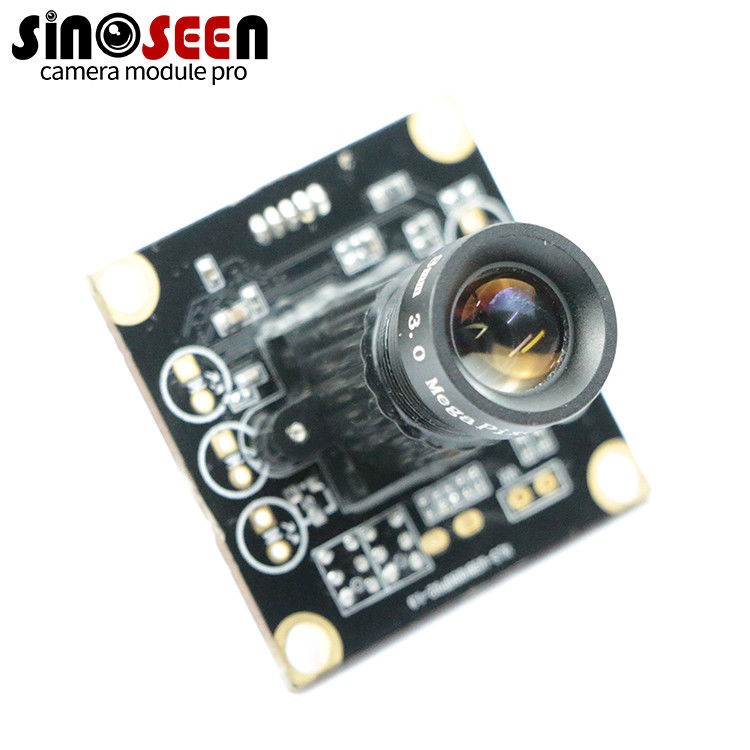
Technical Architecture and Feature Support
Video Compression Standards (H.265 vs. H.264)
Choosing between H.265 and H.264 video compression standards is crucial for optimizing video quality and system resources. H.265 offers superior video quality at lower bit rates compared to H.264, making it ideal for IP Camera Modules requiring high-definition video while conserving bandwidth and storage. By using H.265, systems can reduce the required bandwidth by approximately 50% for the same level of quality compared to H.264. This efficiency becomes particularly significant in large surveillance systems where storage capabilities can be a limiting factor. Adopting the correct compression standard can therefore significantly impact the overall performance of video surveillance setups, maximizing the use of available resources.
Power Consumption Patterns
Understanding the power consumption patterns of IP Camera and WiFi Modules is essential for efficient energy management and cost-effectiveness in system installations. Typically, wired IP Camera Modules require a consistent power supply, whereas WiFi Modules can conserve energy, operating on a more dynamic power consumption model and using less power during idle periods. This distinct difference in power consumption patterns offers valuable insights into how systems can be designed for optimal energy use, particularly in environments where power efficiency is a priority. By tailoring system configurations to accommodate these consumption patterns, businesses can effectively manage energy costs and improve overall system efficiency.
Edge Computing Integration Capabilities
Edge computing capabilities in IP Camera Modules provide significant advantages in real-time data processing and analytics. By processing data close to the source, edge computing significantly reduces latency, ensuring faster response times. This is particularly beneficial for applications requiring instant data processing, such as in smart cities and advanced surveillance systems where quick decision-making is crucial. Furthermore, integrating edge computing into IP cameras enhances their analytics capabilities, enabling them to support complex tasks like facial recognition, object detection, and behavior analysis without relying heavily on cloud resources. This advancement in technology allows for more dynamic and responsive surveillance solutions, improving both functionality and efficiency.
FAQ
What are the main differences between IP Camera Modules and WiFi Camera Modules?
IP Camera Modules typically use wired Ethernet, providing stable and reliable connections, while WiFi Camera Modules rely on wireless connectivity for flexibility in installation.
How do Power-over-Ethernet (PoE) capabilities benefit IP Camera Modules?
PoE allows IP Camera Modules to transmit power and data over a single cable, simplifying setup and reducing the number of cables needed, which minimizes costs and enhances flexibility.
Are WiFi Camera Modules suitable for professional applications?
WiFi Camera Modules are primarily used for consumer applications due to their ease of installation and mobility. IP Camera Modules are preferred for professional installations for their reliability and superior resolution.
How does the video compression standard impact camera module performance?
Using H.265 over H.264 provides better video quality at lower bit rates, conserving bandwidth and storage, which is crucial for large surveillance systems.
What are the security implications of using WiFi Camera Modules?
While they offer convenience, WiFi Camera Modules are prone to hacking and unauthorized access, making robust security measures essential to protect network integrity.

 EN
EN
 AR
AR
 DA
DA
 NL
NL
 FI
FI
 FR
FR
 DE
DE
 EL
EL
 HI
HI
 IT
IT
 JA
JA
 KO
KO
 NO
NO
 PL
PL
 PT
PT
 RO
RO
 RU
RU
 ES
ES
 SV
SV
 TL
TL
 IW
IW
 ID
ID
 SR
SR
 VI
VI
 HU
HU
 TH
TH
 TR
TR
 FA
FA
 MS
MS
 IS
IS
 AZ
AZ
 UR
UR
 BN
BN
 HA
HA
 LO
LO
 MR
MR
 MN
MN
 PA
PA
 MY
MY
 SD
SD

